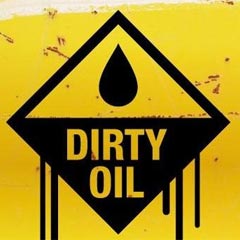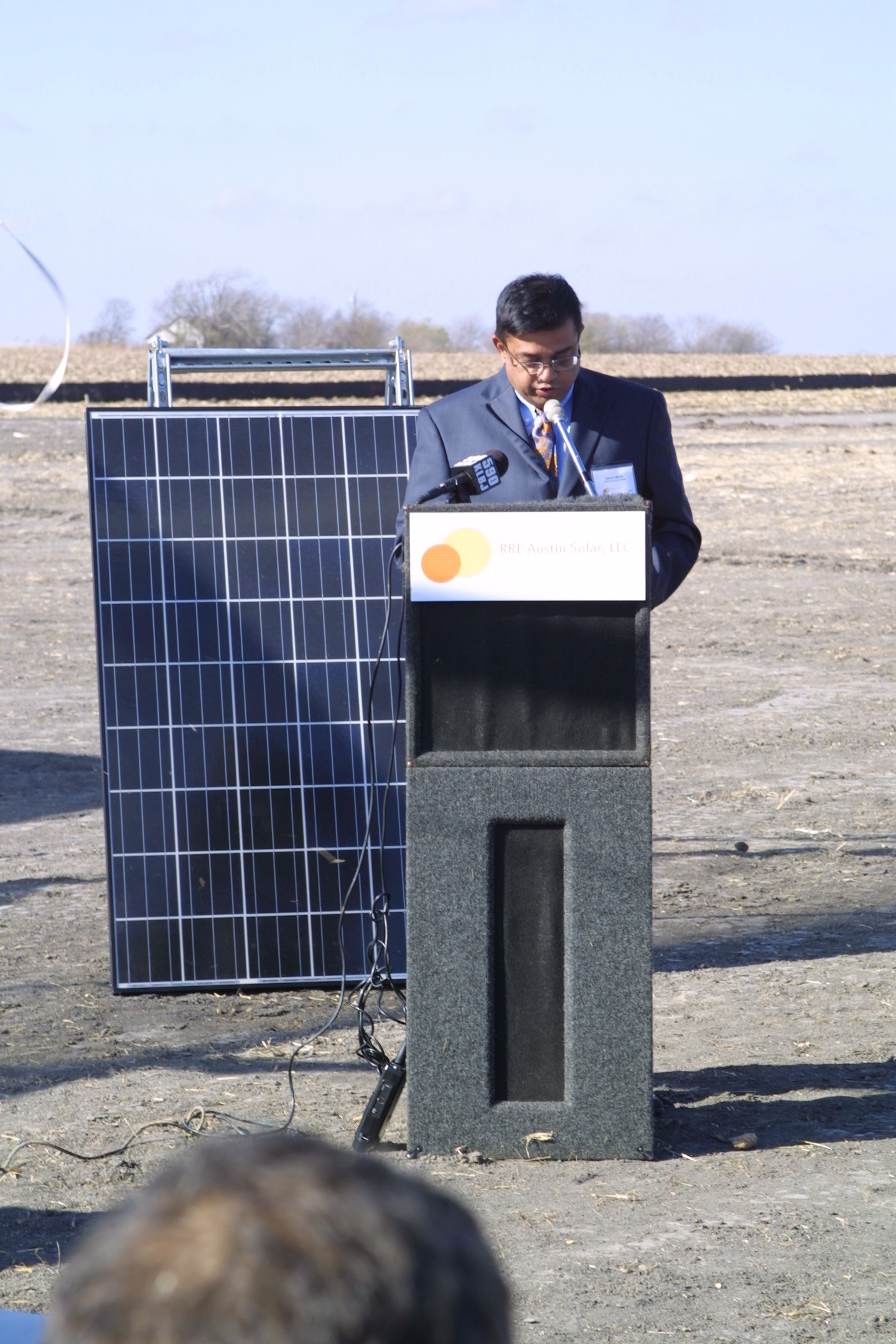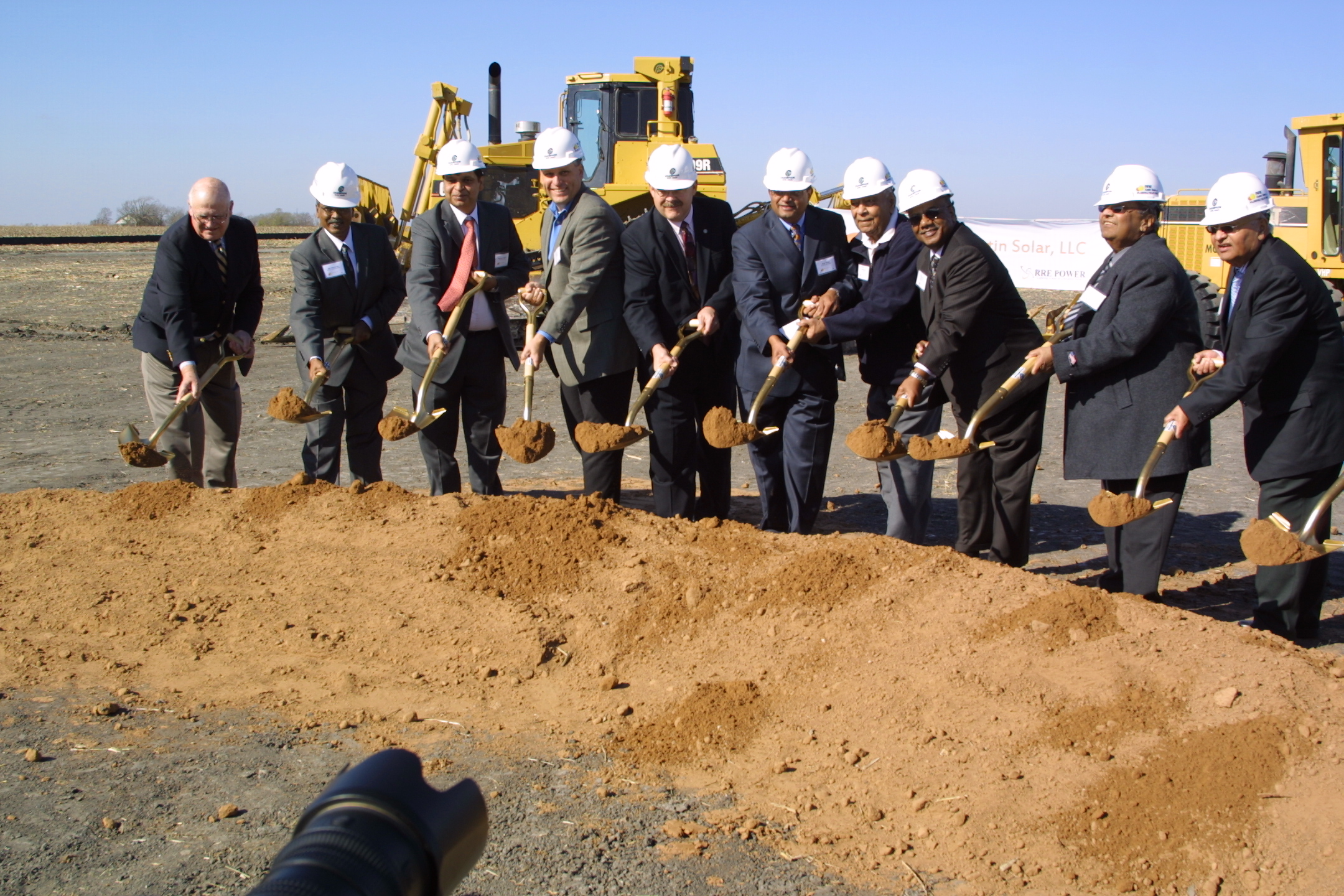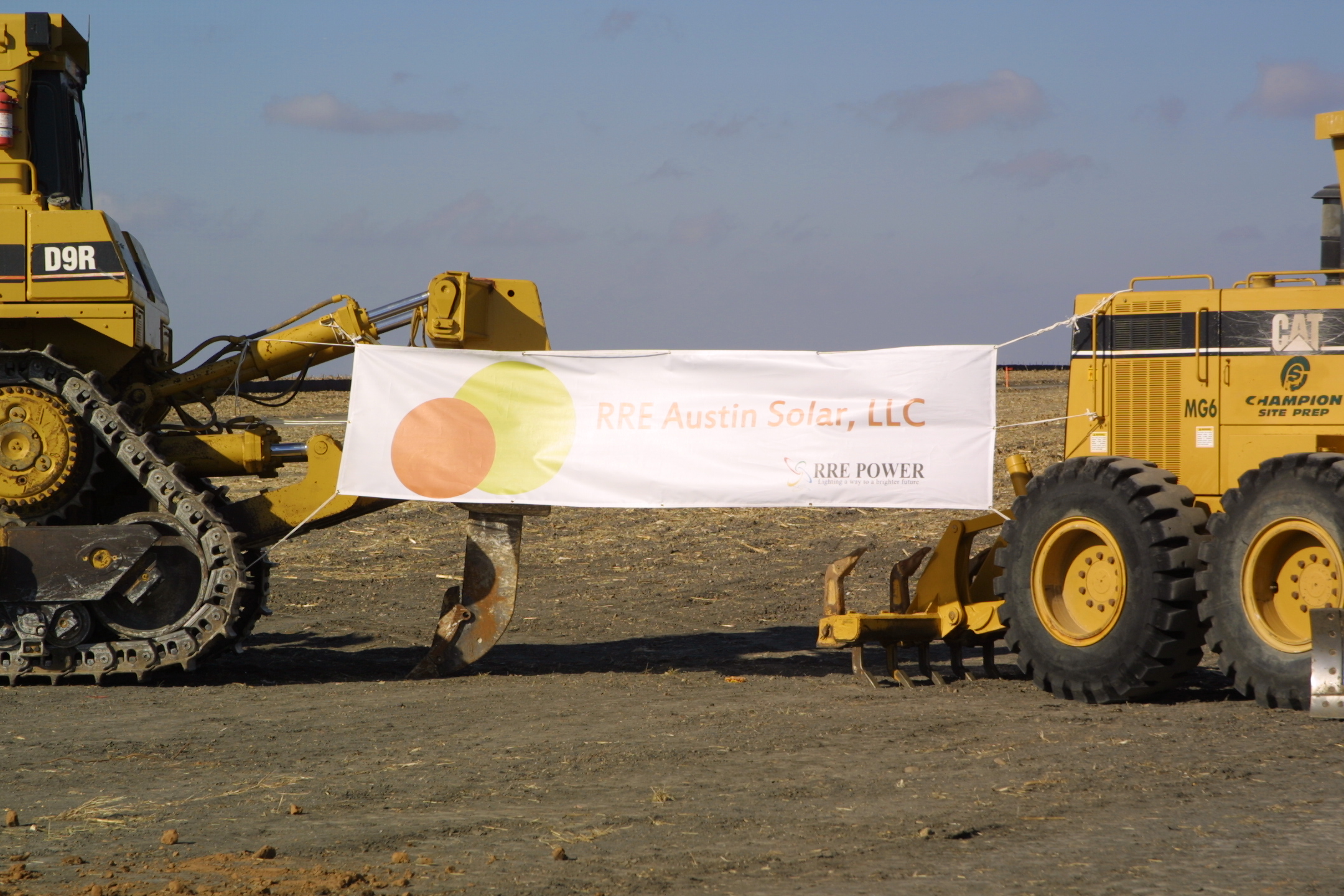It’s been a while since a status update has been given on the Keystone XL pipeline project here at Public Citizen so the time has come!
The Keystone pipeline project is Canadian initiated undertaking involving both TransCanada and ConocoPhillips. The pipeline is set out to be about 1380 miles long and the pipe itself is projected to be about 36 inches in diameter. The Keystone pipeline will enter the United States from Alberta, Canada through Montana, cross through South Dakota and Nebraska to send its 700,000 barrels/day supply into stations in Oklahoma and East Texas. In doing so, this means the pipeline would be crossing 554 acres of wetlands and 91 streams that support either recreational or commercial fisheries.
The Keystone pipeline will also run right through the Ogallala Aquifer, meaning potential damage to one of the country’s largest sources of water if a spill should occur.  And we all know how easy it can be for an oil spill to occur. (see the recent WSJ article on the BP Alaskan pipeline leak)
And we all know how easy it can be for an oil spill to occur. (see the recent WSJ article on the BP Alaskan pipeline leak)
In fact, TransCanada is supposed to construct the actual pipes to be made out of a thinner material, but the oil will be pumped at a higher pressure than normal, which increases the risks of spills even more. The last thing we need is another BP disaster in the gulf or pipeline leak in Alaska. But suppose you say, “So what, what’s another oil spill?” Well, it just so happens that this pipeline will be transporting some of the dirtiest oil in the world.
This type of oil, known as tar sands oil, produces more global warming pollution than our normal conventional oil, 20% more to be exact. It also makes conventional oil seem pretty darn clean. Tar sands oil is full of toxic and harmful materials not only dangerous to the environment but the health of the communities surrounding the pipelines are endangered as well. Producing this oil for the Keystone XL will essentially result in the emittance of 11 million more tons of carbon dioxide. (more…)













